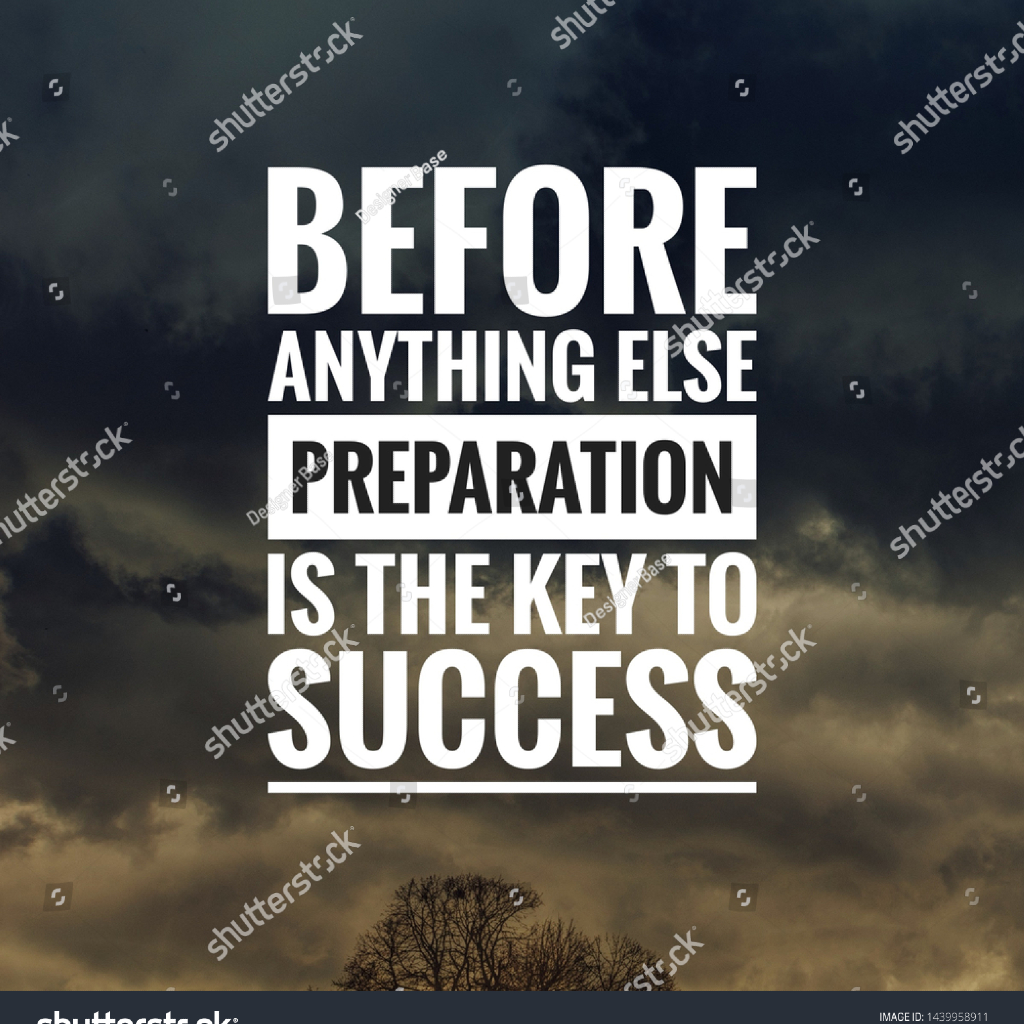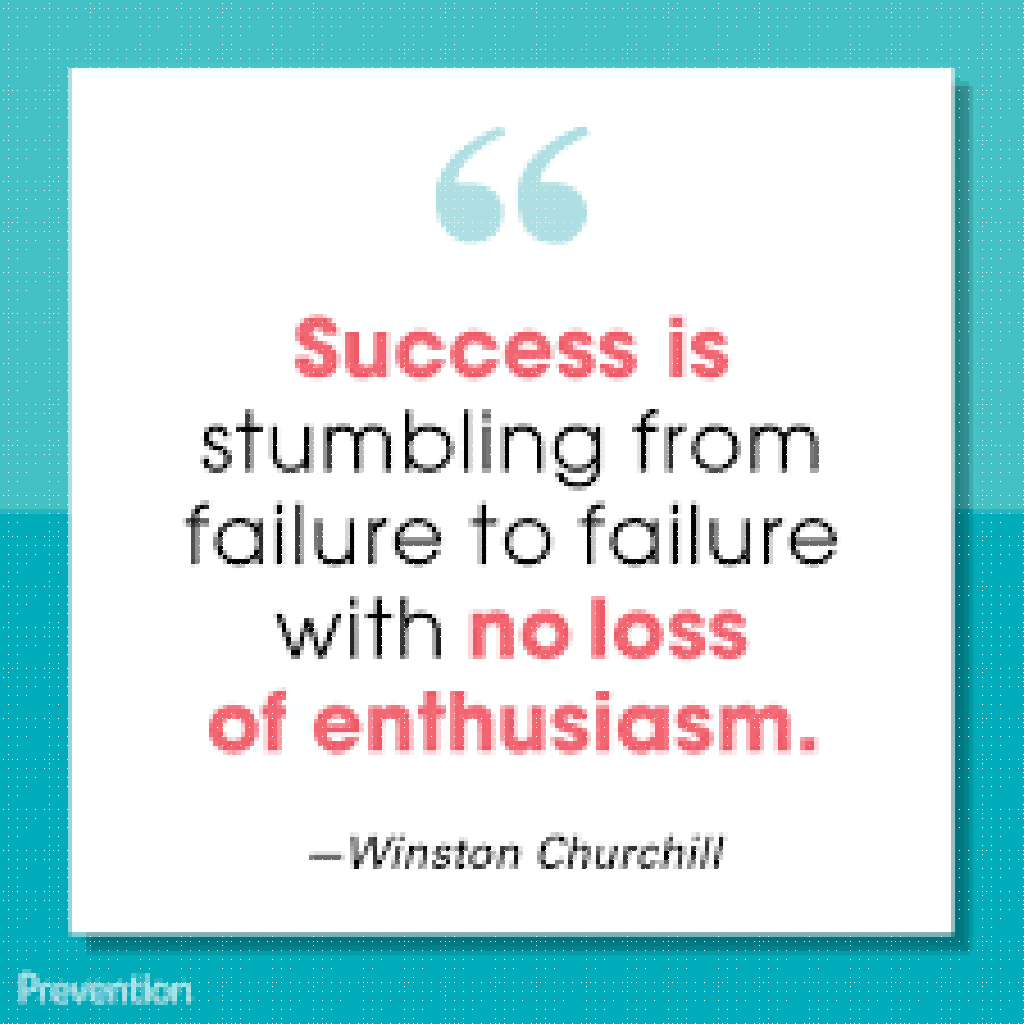Key Takeaways:
- Developing a clear strategic vision is critical for entrepreneurial success, guiding decision-making and aligning priorities.
- Understanding customer value propositions and risk management can significantly enhance the effectiveness and sustainability of a business.
In the dynamic world of entrepreneurship, cultivating a clear strategic vision and effectively managing risk are pivotal for success. Entrepreneurs often face unpredictable market conditions and must navigate a myriad of obstacles while seeking to establish their businesses. Understanding how to effectively develop a strategic vision can align your decisions with your long-term objectives, while managing risk will ensure sustainability.
What is Strategic Vision and Why is it Necessary?
Strategic vision refers to a clear, compelling image of the future that you want to achieve as an entrepreneur. It serves as a guiding star for your business, helping you formulate actionable plans and strategies. A well-outlined vision helps you clarify your purpose and drive your team toward a shared goal.
Just like a ship needs a captain and a compass to reach its destination, businesses need a strategic vision to navigate the tumultuous waters of the market. An effective entrepreneurial vision is characterized by its ability to adapt to changing conditions while maintaining a core focus on fundamental objectives.
Key Elements of a Strong Strategic Vision
-
Clarity: A robust vision must be clear, easily communicable, and accessible to all stakeholders. This helps ensure everyone understands their individual contributions to realizing the vision.
-
Inspiration: It should motivate and inspire the team to pursue excellence and engage them in the journey ahead.
-
Feasibility: While it should be ambitious, a vision must also be achievable. Unrealistic vision can lead to frustration and disengagement.
-
Relevance: The vision should be aligned with the current market trends and your target audience’s needs.
-
Flexibility: Adapting to market changes is essential; therefore, a vision should evolve over time without losing its core essence.
How Does Risk Management Fit Into Entrepreneurship?
Entrepreneurship inherently involves risk. From launching a new product to entering a new market, entrepreneurs must consistently weigh potential benefits against possible downsides. Implementing robust risk management strategies is hence critical.
Risk management involves identifying, assessing, and prioritizing risks, followed by coordinated efforts to minimize, monitor, and control the impact of unfortunate events. Failing to manage risk appropriately can lead to dire consequences, such as financial loss or company failure.
What Are Effective Risk Management Techniques for Startups?
-
Comprehensive Research: Before diving into any venture, conduct thorough market research. Understand current trends, competitive landscapes, and the regulatory environment to assess potential risks.
-
Developing Contingency Plans: Have a Plan B for unforeseen circumstances, whether it’s a financial setback or a shift in market demand. Contingency plans can dramatically reduce the impact of risks.
-
Financial Control: Monitor cash flow meticulously and ensure that you maintain a healthy financial buffer. Cash reserves can help you mitigate losses during downturns.
-
Engaging Stakeholders: Keep communication lines open with your team, investors, and partners. Transparency can lead to collective problem-solving when risks emerge.
-
Continuous Monitoring: Regularly reassess risks and your business environment. Adapt your strategies dynamically as new challenges arise.
How Can Entrepreneurs Balance Vision with Risk Management?
Balancing a strategic vision with risk management effectively requires a nuanced approach. Entrepreneurs need to embrace innovation and ambition while remaining vigilant about potential risks. One way to achieve this balance is through regular strategy reviews, where entrepreneurs can measure their progress against their vision while constantly evaluating their risk management strategies.
Incorporating feedback loops into operational processes can ensure agility and responsiveness. Regularly assessing both the vision and the risks will also keep your business aligned with changing market demands.
The Role of Managerial Skills in Today’s Business Landscape
Managerial skills are integral to executing both strategic vision and risk management. Effective entrepreneurs not only possess excellent leadership qualities but also demonstrate financial acumen, strategic planning, and the ability to motivate teams. The interplay between these skills helps cultivate an environment conducive to growth and innovation.
In conclusion, the synergy between strategic vision and risk management is crucial for entrepreneurs aiming to achieve business success. Developing a clear vision while systematically managing risks creates a solid foundation for sustainable growth. Entrepreneurs equipped with these insights will navigate challenges more effectively and realize their aspirations, developing a thriving enterprise in the process.











